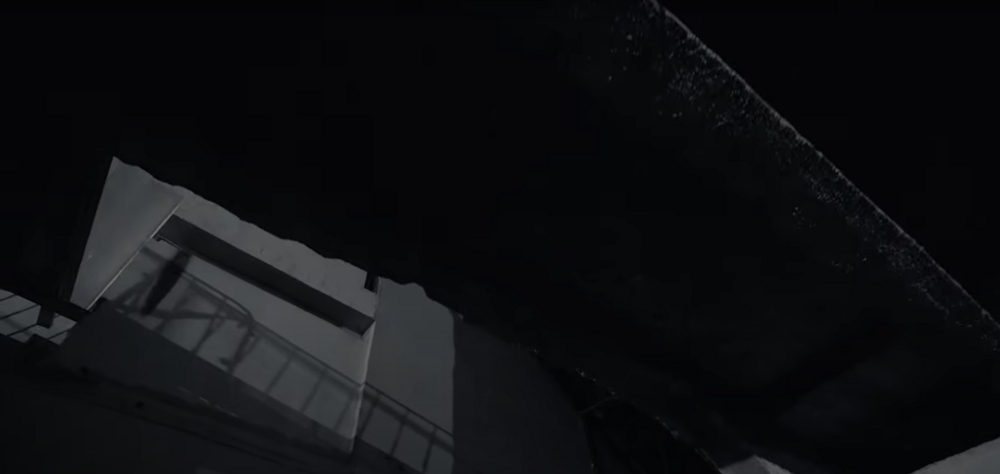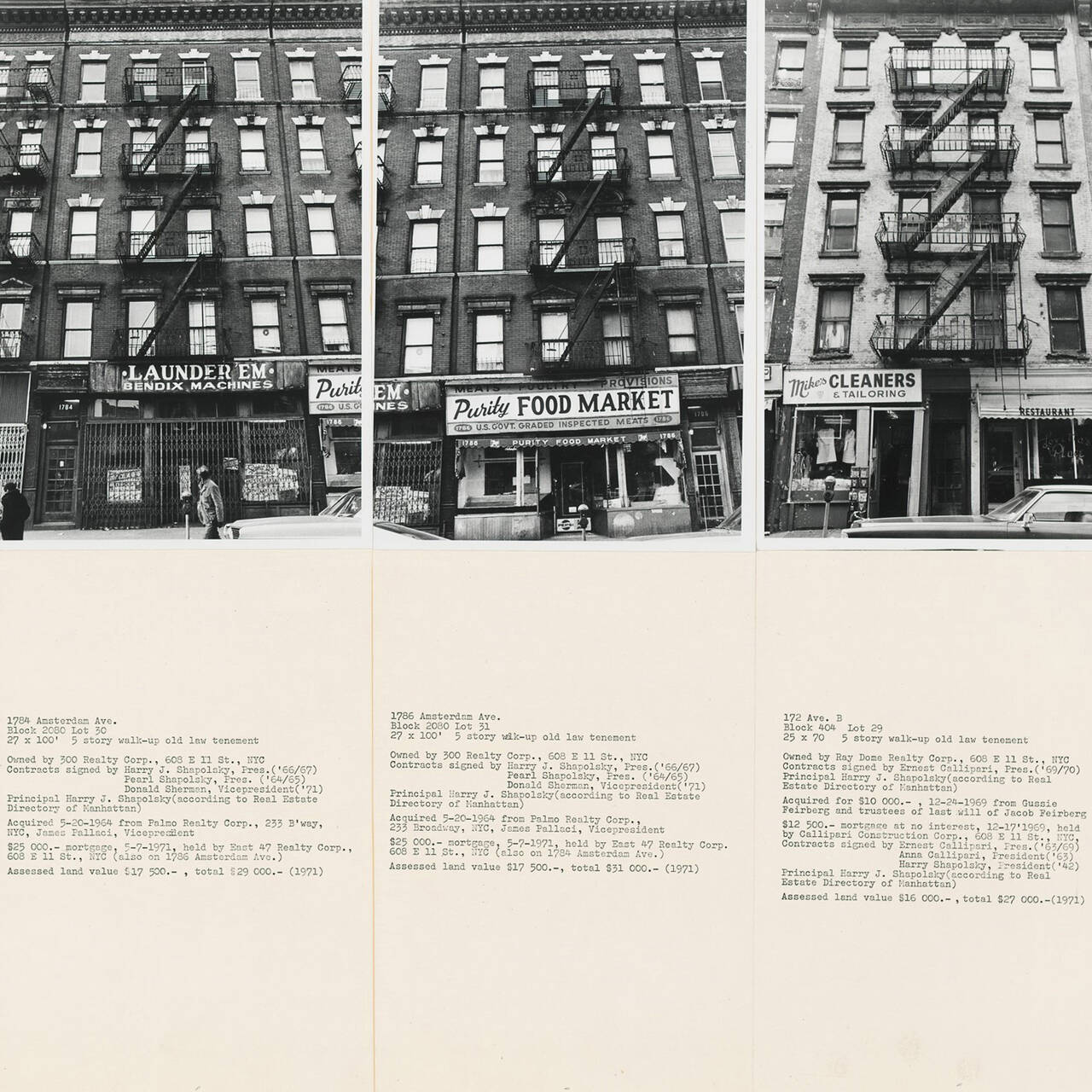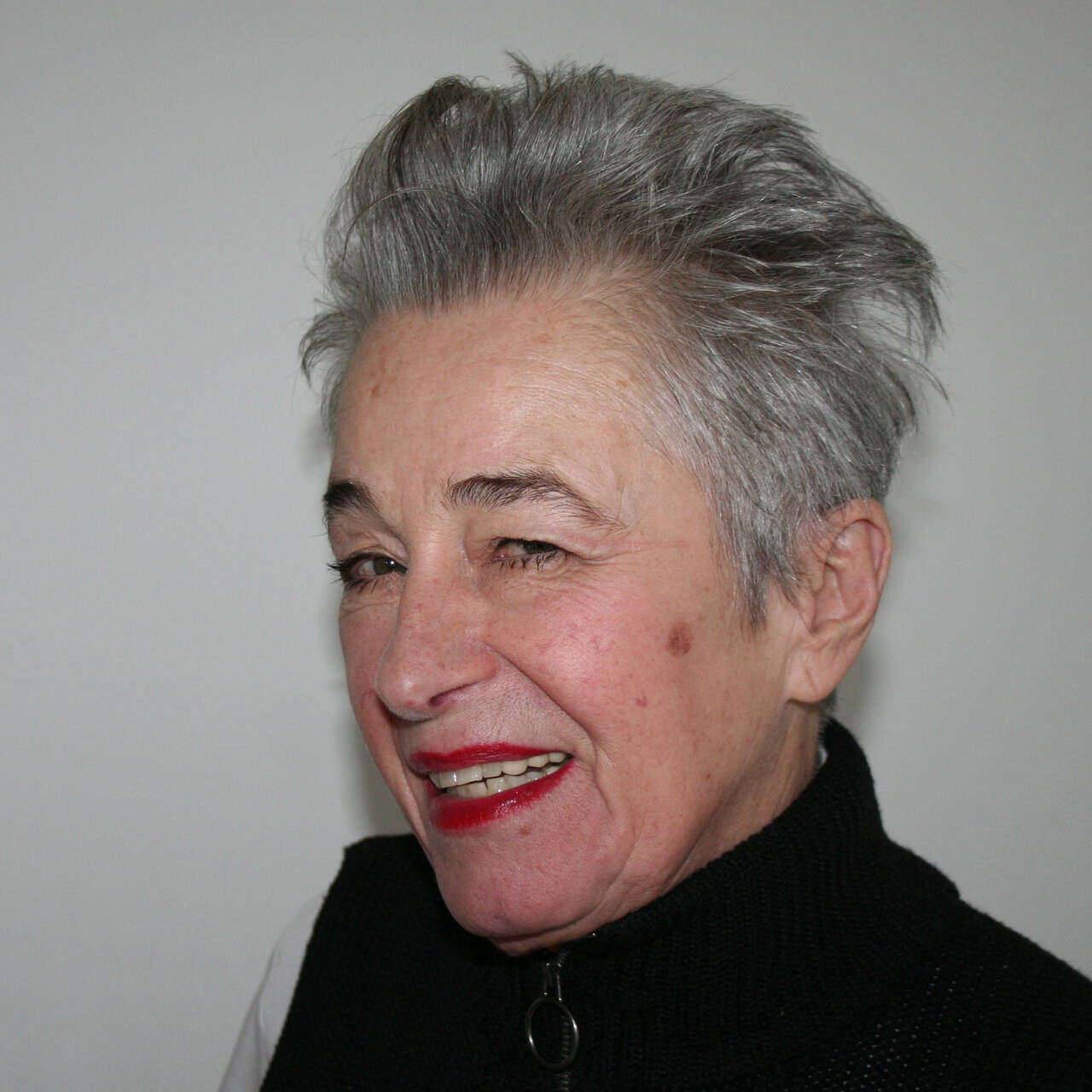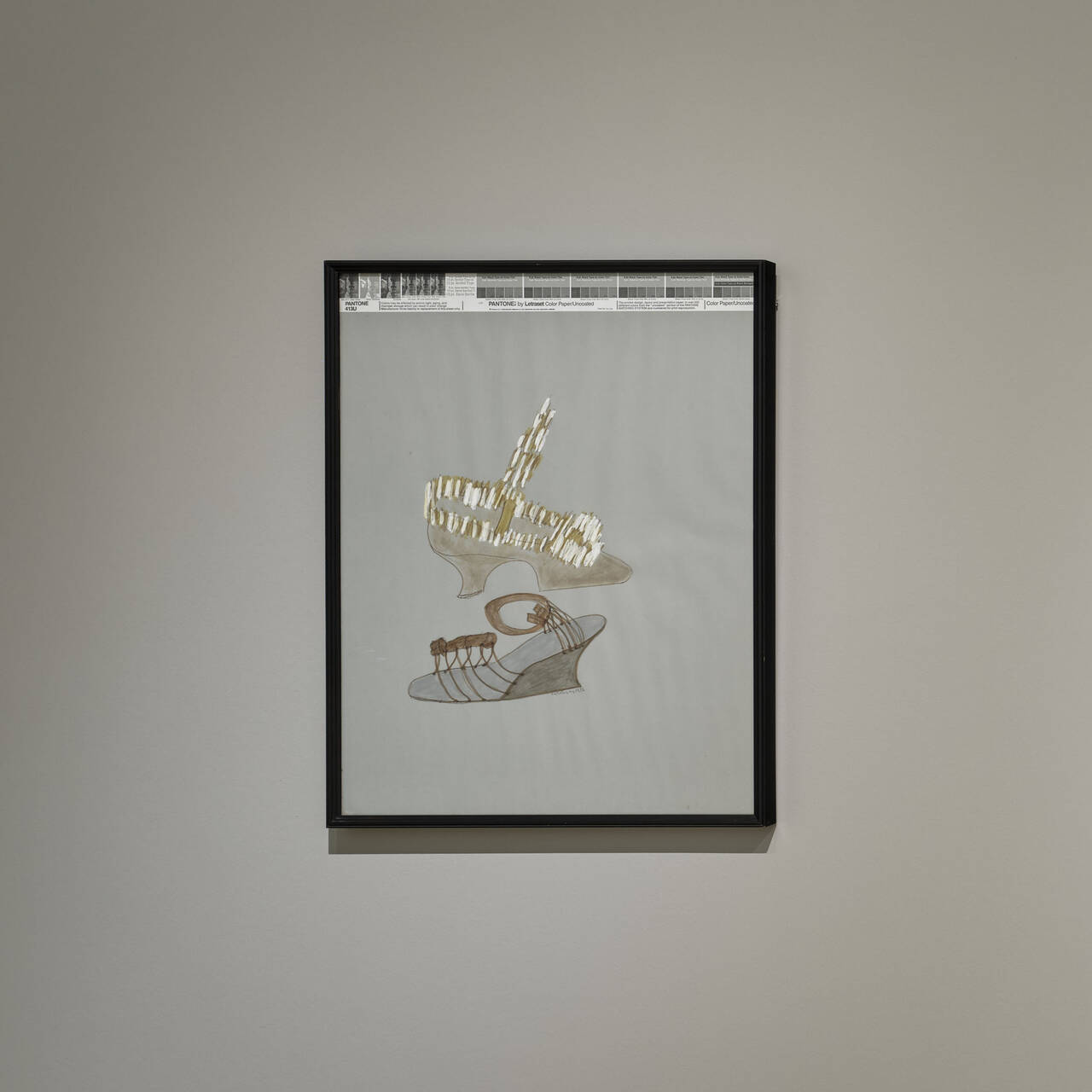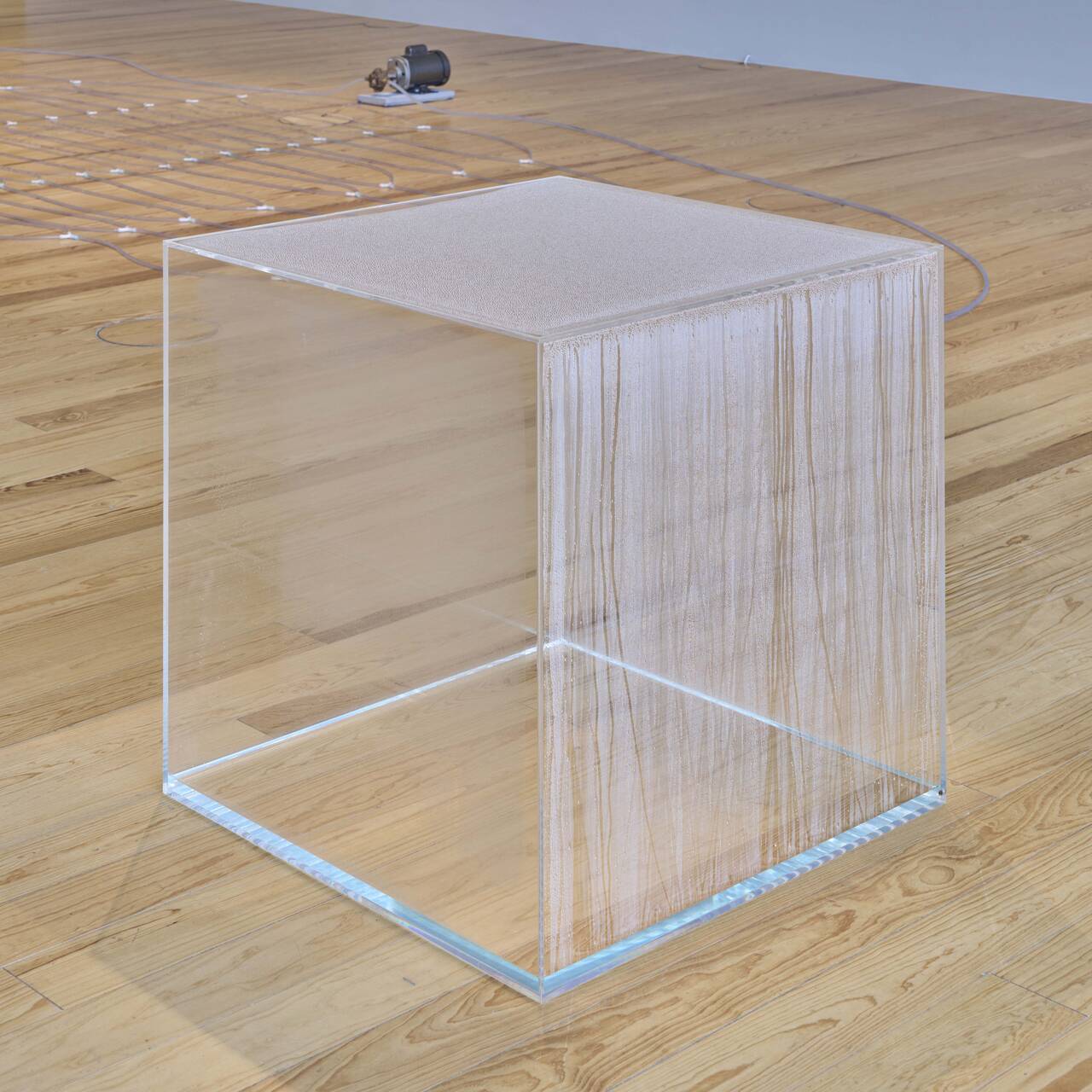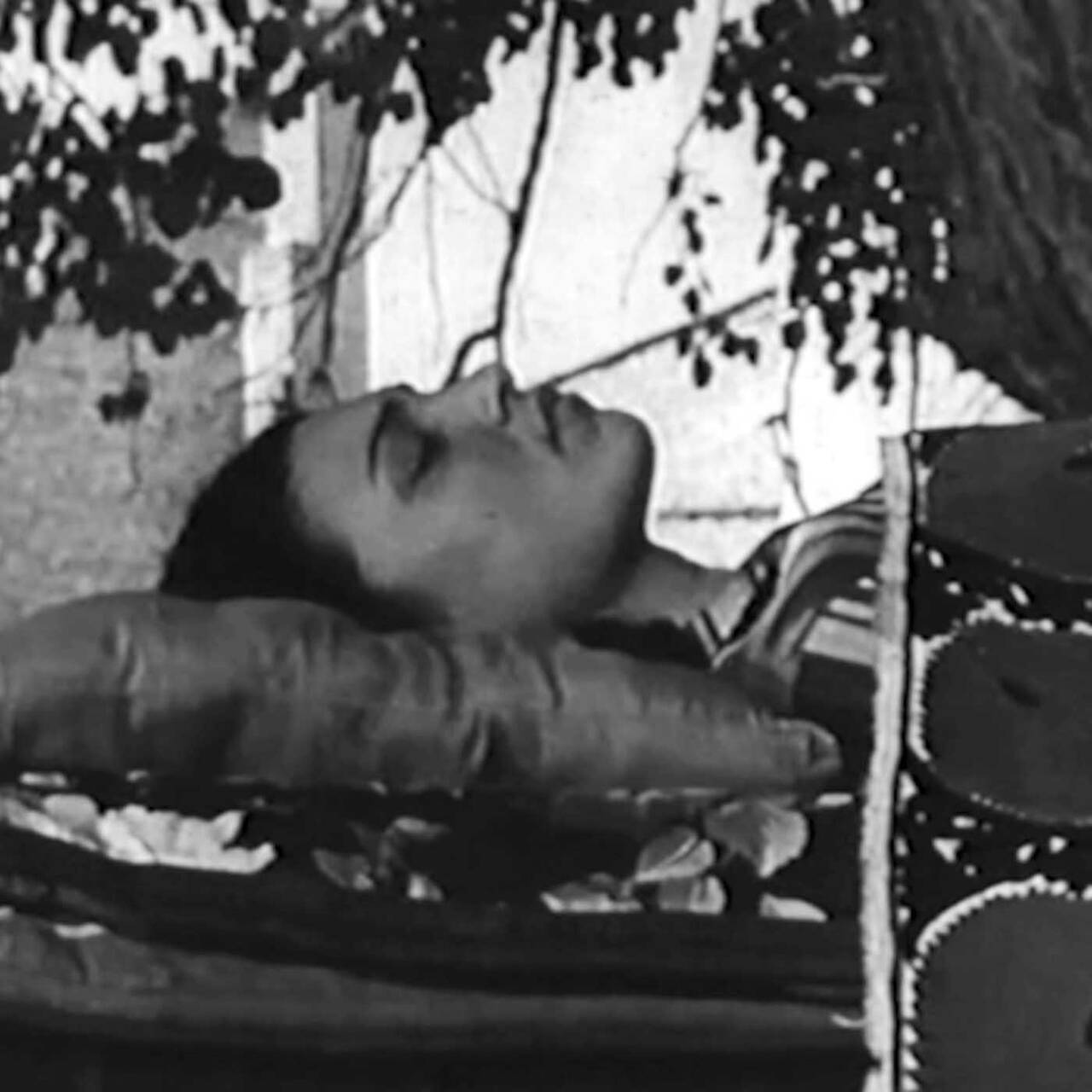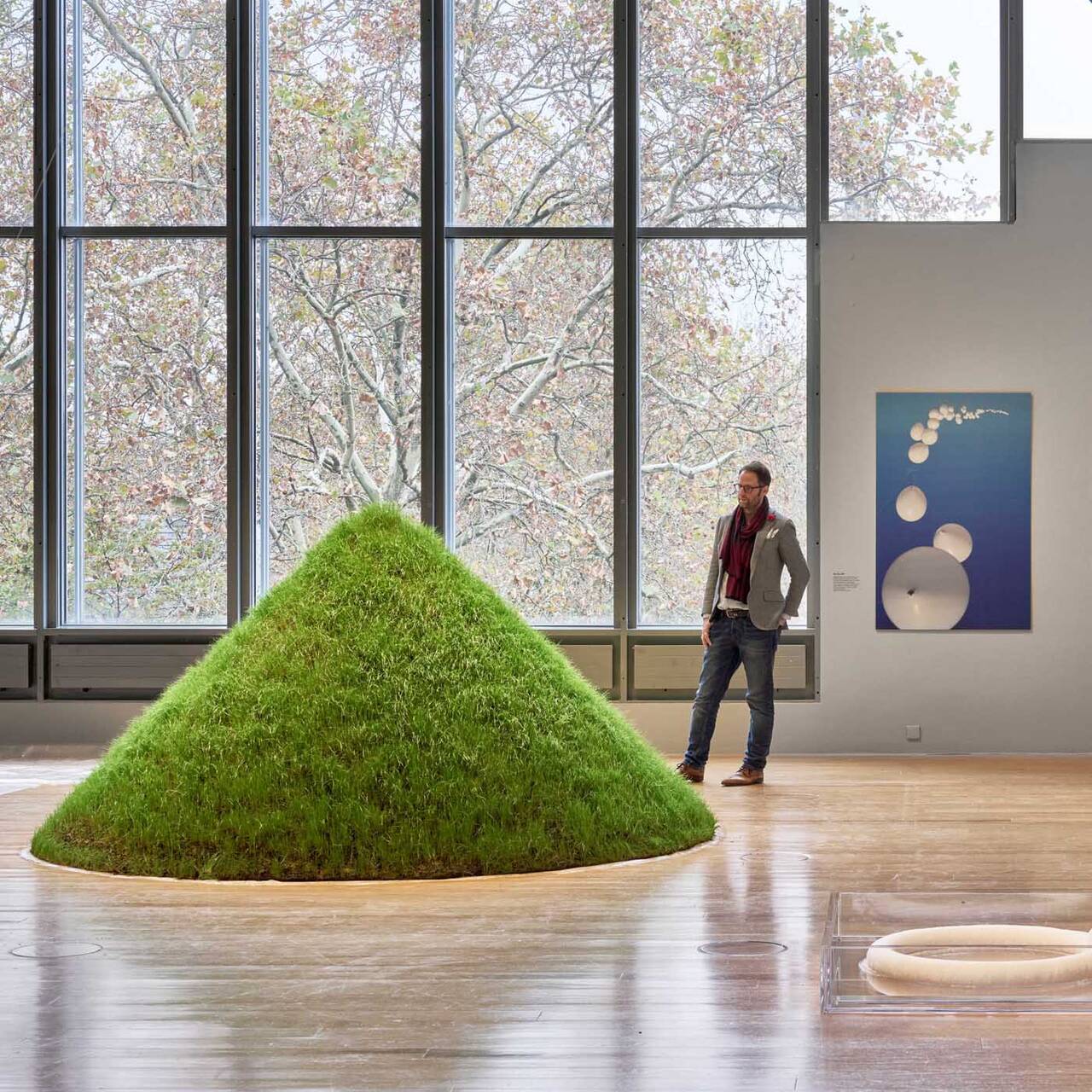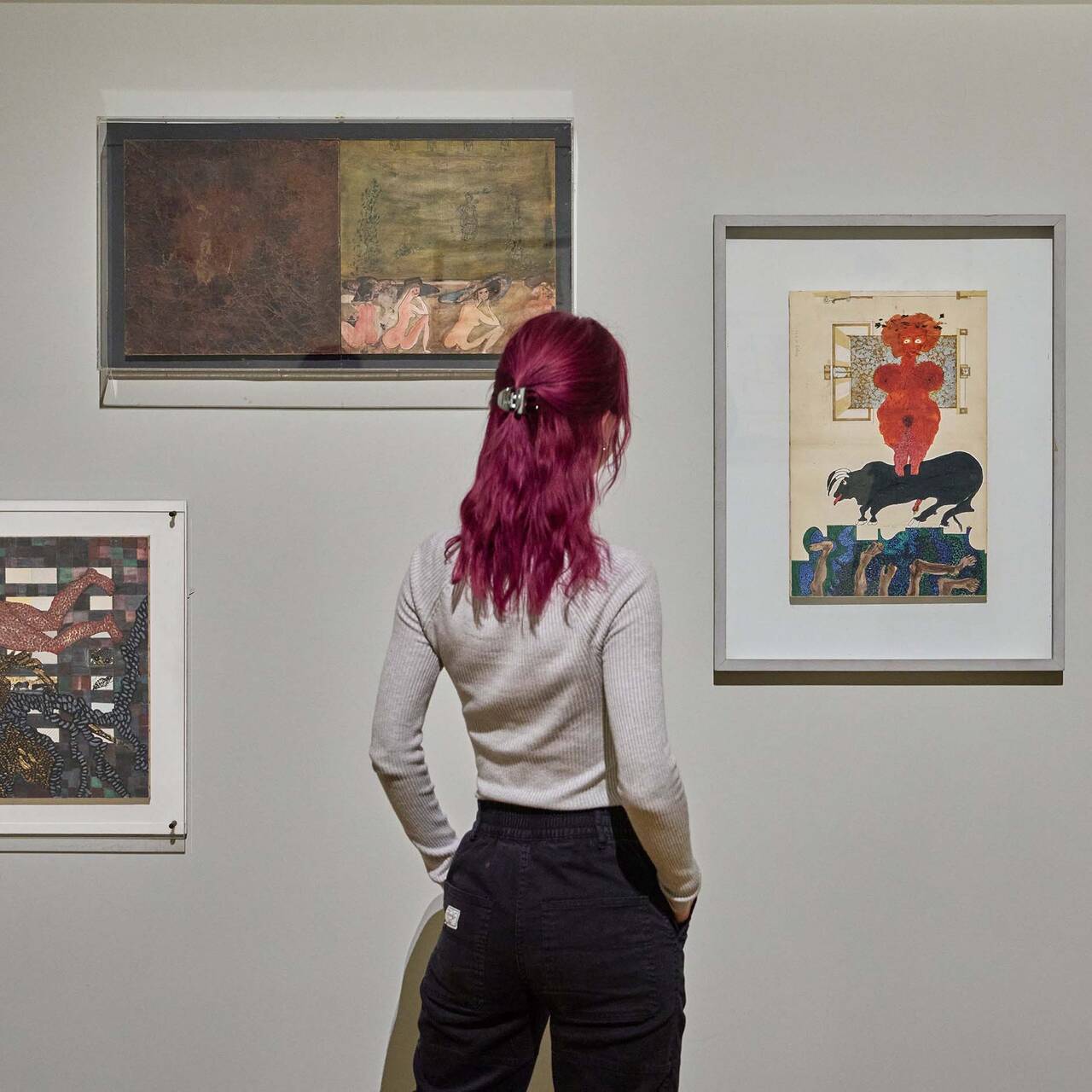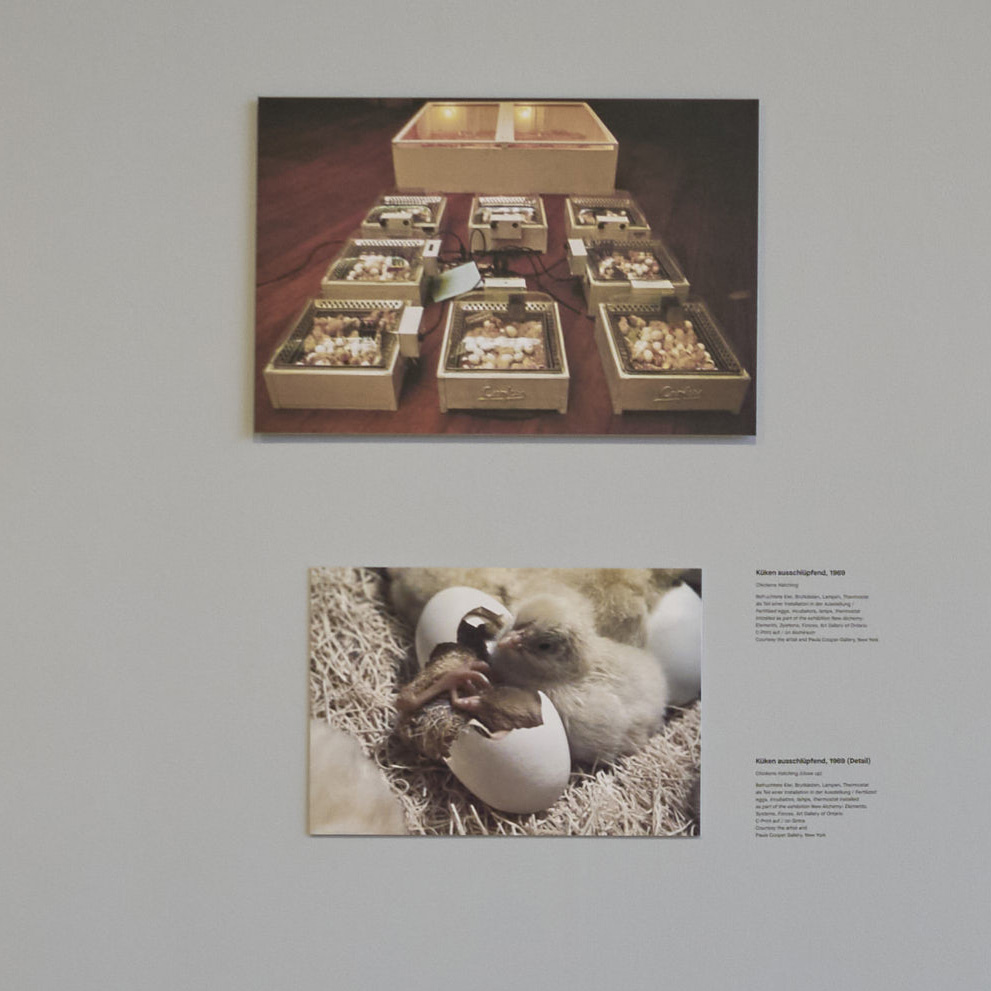Here, a dragonfly tries to escape an octopus, and there a firefly is pursued by a menacing giant snake. Against a backdrop of Brutalist buildings, Driant Zeneli’s films tell stories in which the supposedly weak are not inevitably at the mercy of their fate.
If one considers the architecture of a city as a kind of historical patchwork into which epochs of time and the real-life experiences of its inhabitants are woven, then Brutalism is clearly linked all over the world to the post-War period. The architectural style was not only brutal in its choice of building materials – the emblematic brute concrete – but it also refused to indulge in illusory aesthetics, added to which it often followed a utilitarian ideal. Thus, the style of Brutalism was applied not only to affordable housing but also to universities, libraries, churches, institutional government buildings, and hospitals – in both democracies and dictatorships, East and West, North and South. A new debate has erupted in recent years around the imposing, polarizing buildings that Prince Charles once called “more offensive than rubble”. As more and more aging buildings fall victim to the wrecking ball, resistance is increasingly stirring, calling for the preservation not only of the buildings’ aesthetic characteristics but also of a specific cultural and social history – with all its ideals and utopias, even if they may have failed in the details.

National Public Library in Prishtina, Kosovo, Image via commons.wikimedia.org
Fights against superior antagonists
Three Brutalist buildings are also at the center of Driant Zeneli’s film trilogy “The Animals. Once upon a time... in the present time”. Zeneli’s cinematic works are based on an exploration of thrust of themes such as failure, utopias, and dreams. “No wise fish would escape without flying (2019)” uses the National Library of Kosovo in Pristina as a stage suffused with history. The building, which was opened in 1982, also reflects the country’s turbulent history architecturally, incorporating both Byzantine and Islamic stylistic elements, framed by a striking metal grille. Zeneli shows interior shots of archive spaces and basement rooms that are already being gnawed by the ravages of time, while the soundtrack rumbles unpleasantly.
The fish of the title, lovingly assembled from colorful cardboard, is initially captured by the camera only casually in the gloomy cellar corridors. A game of cat and mouse ensues, as a menacing-looking shark (in inflatable form) chases the little fish, which finally escapes to the roof of the building with the help of a drone. The film was conceived and shot by Driant Zeneli in collaboration with local children. In the imagination of the young creatives, the metal grid that covers the entire National Library like a veil becomes a fishing net that initially makes it impossible for the sea creature to escape.

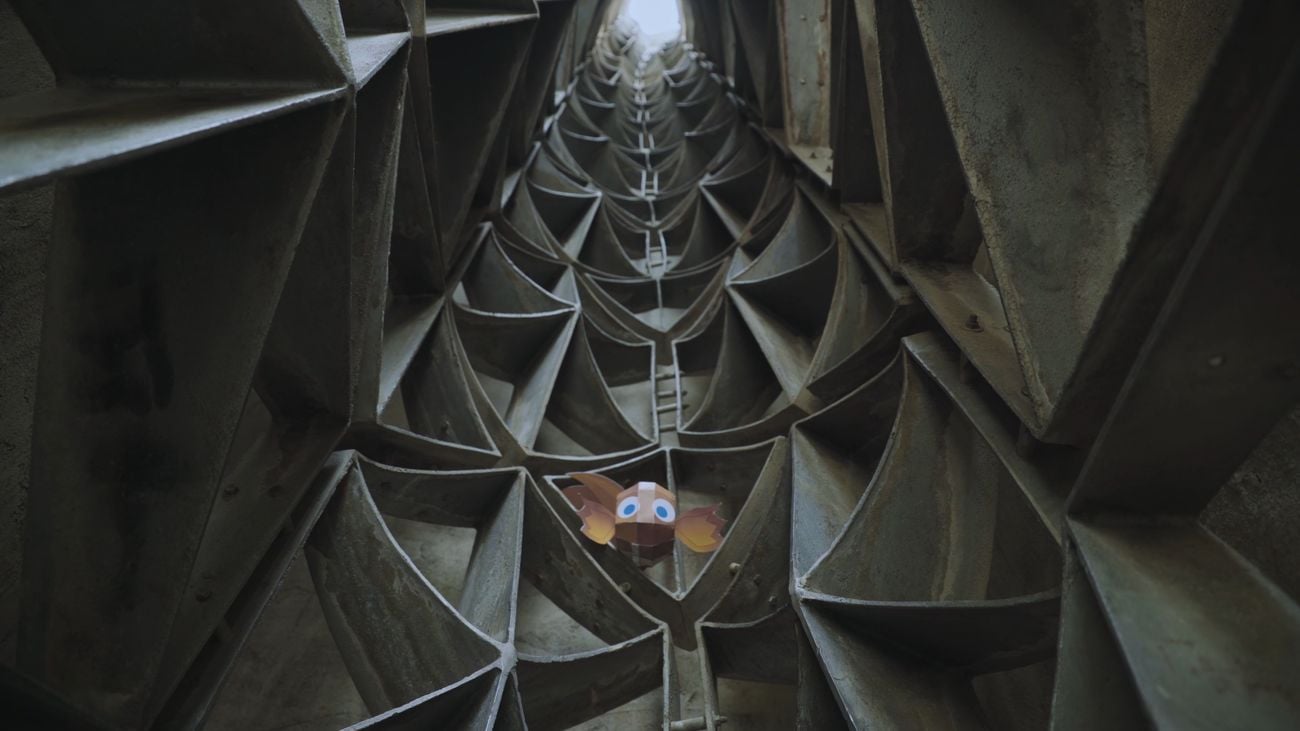
Driant Zeneli, No wise fish would escape without flying, 2019, film still, Image via artribune.com
“How deep can a dragonfly swim under the ocean?” (2019) and “The firefly keeps falling and the snake keeps growing” (2022) likewise use the Brutalist buildings as a backdrop for little stories that are reminiscent of fables and involve escape from a seemingly overpowering antagonist. Here, a dragonfly tries to escape an octopus, and there a firefly is pursued by a menacing giant snake. Artistic collaboration was integral to these films as well: For “How deep can a dragonfly swim under the ocean?”, Rilond Risto, who was imprisoned in Albanian jails for over 20 years, built the eponymous dragonfly as a mechanical contraption that, despite its rotating wings, is not quite able to fly. Fleeing oppression, imprisonment, or the struggle for bare survival: Against the backdrop of historical buildings, which have clearly negative connotations in the former socialist states in particular, Driant Zeneli’s films spread new stories along with their own present, in which overpowering antagonists do not automatically have the upper hand, and the supposedly weak are not necessarily at the mercy of their fate.

“View from Above” by Hiwa K
Driant Zeneli chose as his other film “View from Above” (2017) by Kurdish installation artist Hiwa K, which was shown for the first time at Documenta 14. Off-screen, a man tells the story of an Iraqi deserter who seeks asylum in a Schengen country in the 1990s. His application is rejected, however, because according to EU regulations he comes from a so-called “safe zone”, to which he can be returned without second thought. Knowing what he would face in his country of origin in the event of deportation, the man flees to another Schengen country. There, he has the narrator of the story show him the exact cartography of a city that is considered an “unsafe zone” in the EU, so that when he applies again, he can convince the case worker – whose only understanding of those areas is a bird’s eye view from maps – that he is entitled to asylum. The endeavor succeeds and the man is granted asylum within 20 minutes, while other applicants who actually come from the “unsafe zone” but do not know the city from a bird’s eye view, are rejected.
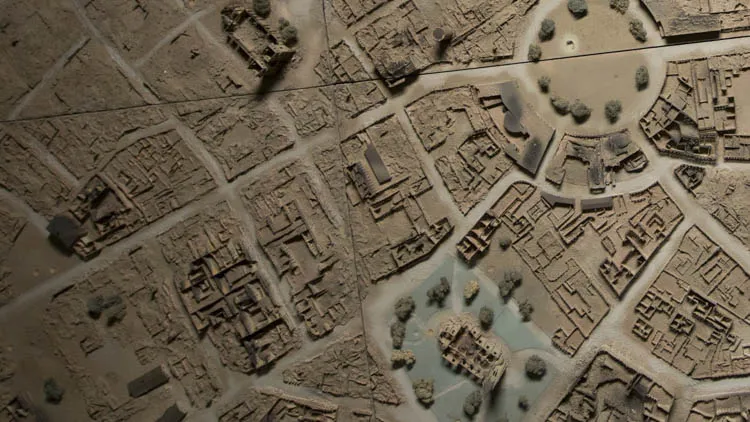
Hiwa K, A view from above, 2017, film still, Image via fluentum.org
During the haunting narration, the camera shows a model of rubble depicting the destruction of the city of Kassel during World War II. In Hiwa K’s film, the city thus appears to exist simultaneously in two versions: first, in the perception of its inhabitants, who move through it on the ground, breathing life into it and helping the city to its existence in the first place. And second, from the bird’s-eye view, which here becomes the bureaucratic, divine view that decides on individual fates while knowing nothing of the reality of their lives. The different perspectives on the same scenarios, which, in Hiwa K’s work, dictate life and death, hope and suffering, can also be discovered in a completely different form in Driant Zeneli’s works, which wrest new narratives from the historical materiality that strive, in turn, towards heaven.

